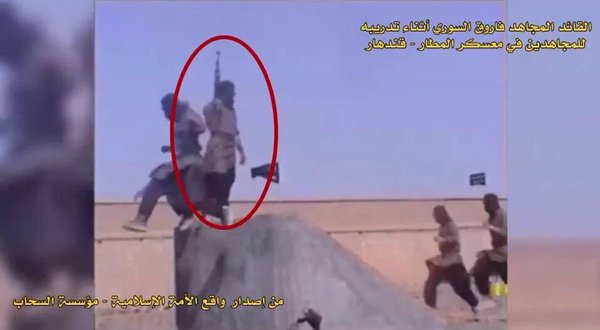Primer:
Former Fort Hood, Texas, soldier pleads guilty to alien smuggling
BROWNSVILLE, Texas — A solider based in Fort Hood, Texas, pleaded guilty Jan. 29 for his role in a conspiracy to transport and harbor illegal aliens, and illegally re-entering the United States after having been deported.
This guilty plea was announced U.S. Attorney Ryan K. Patrick, Southern District of Texas. This case was investigated by U.S. Immigration and Customs Enforcement’s (ICE) Homeland Security Investigations (HSI) with assistance from U.S. Customs and Border Protection’s (CBP).
Victoriano Zamora-Jasso aka “Tata,” 51, from Mexico living in Houston made an appearance Jan. 29 in federal court on the eve of jury selection.
According to court records, in early 2014 Zamora-Jasso began supplying illegal aliens to Arnold Gracia, 47, from Harlingen, Texas. Gracia then made arrangements with others to transport the illegal aliens through the immigration checkpoint in Sarita, Texas. Gracia recruited the following then active-duty soldiers stationed at Ft. Hood to transport and deliver the illegal aliens further north: Brandon Troy Robbins, 23, from San Antonio; Eric Alexander Rodriguez, 24, from Odem, Texas; Christopher David Wix, 23, from Abilene, Texas; and Yashira Perez-Morales, 27, from Watertown, New York.
The conspiracy continued from about March through September 2014. The soldiers concealed the illegal aliens under their military gear in which they made many successful trips during the course of the conspiracy.
Zamora-Jasso was indicted in 2016 and arrested after a traffic stop in Conroe, Texas, in July 2017. In court, he admitted his involvement in the conspiracy. He also admitted that he is a previously convicted illegal alien who illegally re-entered the United States after having been deported in 2013.
Gracia and all the soldiers were previously sentenced in 2015 and 2016 with Gracia receiving a 73-month sentence; Robbins, Rodriguez, Wix and Perez-Morales received sentences of 20, 12 months, 12 months and a day, and five years’ probation to include an $8,000 fine.
Judge Rolando Olvera has scheduled Zamora-Jasso’s sentencing for May 9. At that time, he faces up to 10 years imprisonment and a possible $250,000 maximum fine. He remains in custody pending sentencing.
Assistant U.S. Attorneys Oscar Ponce and Angel Castro, Southern District of Texas, are prosecuting this case.








